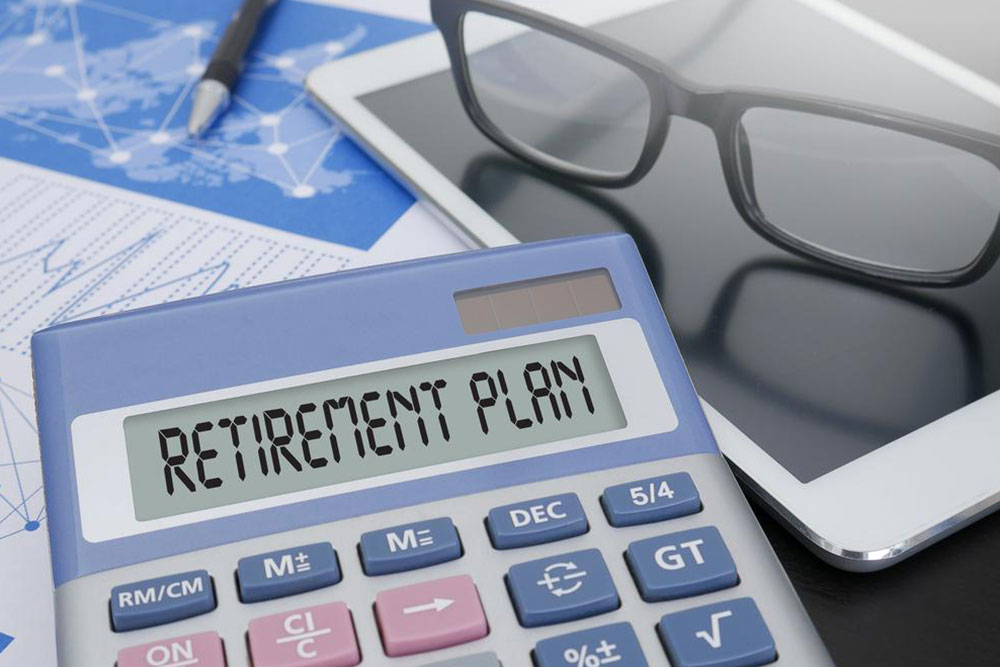Comprehensive Guide to Home Mortgage Refinancing: What You Need to Know Before You Make the Switch
Refinancing your home mortgage can lead to lower interest rates, reduced monthly payments, and better loan terms, but it requires careful planning. This comprehensive guide highlights key considerations, including credit scores, timing, and costs, to help homeowners make informed decisions. Whether you're seeking stability by switching to a fixed-rate or aiming to pay off your mortgage faster, understanding the refinancing process can save you money and improve your financial health. Learn the essential tips and strategies to navigate your refinance confidently and achieve your homeownership goals effectively.

Essential Insights and Strategies Before Refinancing Your Home Loan
Refinancing your home mortgage is a significant financial decision that involves replacing your existing loan with a new one. The primary goal of refinancing is often to secure more favorable interest rates, better loan terms, or to consolidate debt. When you refinance, your current mortgage is paid off and a new loan is issued, effectively ending the previous agreement. This process can offer substantial benefits, but it also carries risks if not approached with careful analysis.
For many homeowners, refinancing is a valuable tool to reduce monthly payments, decrease overall interest costs, or adjust the loan to fit changing financial circumstances. However, not everyone is suited for refinancing. It tends to be most advantageous for borrowers with strong credit histories, typically scores above 740, as they usually qualify for the best rates and terms. Moving from a variable interest rate to a fixed rate through refinancing can provide stability and predictability in payments, which is especially appealing in times of economic uncertainty.
Conversely, homeowners with poor credit scores or high debt levels should exercise caution. Refinancing in these situations can sometimes lead to increased costs, such as higher interest rates or lenders’ fees, if not strategically managed. It’s important to analyze whether the potential savings from a new lower interest rate outweigh the costs associated with refinancing, such as closing costs and prepayment penalties.
Often, homeowners face challenges when managing mortgage payments, particularly during periods of rising interest rates or economic instability. If you're experiencing difficulties keeping up with your mortgage, refinancing can serve as a helpful strategy to alleviate financial strain. Nevertheless, it’s crucial to understand the intricacies of refinancing to avoid potential pitfalls that could lead to increased costs instead of savings.
Many homeowners choose to refinance multiple times over the life of their mortgage to benefit from declining interest rates, or to adjust the loan duration to better match their financial goals. For instance, refinancing early in the loan term can result in significant interest savings by reducing the overall amount paid over time. Even when fewer years remain on the mortgage, refinancing with a lower interest rate can generate meaningful benefits.
Key factors that influence refinancing eligibility include strong credit scores—generally above 740—and steady income streams. These factors demonstrate creditworthiness and financial stability, which lenders prioritize. Utilizing mortgage calculators can help homeowners assess different refinancing scenarios, calculate potential savings, and avoid costly mistakes. Ultimately, the decision to refinance should be made after thoroughly evaluating costs, benefits, and personal financial circumstances to ensure it aligns with long-term financial goals.





